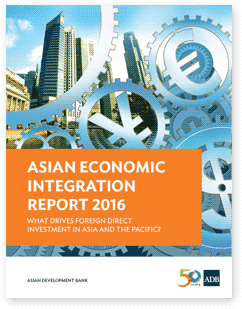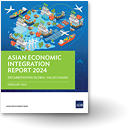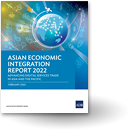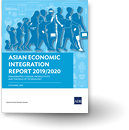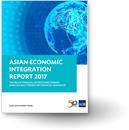
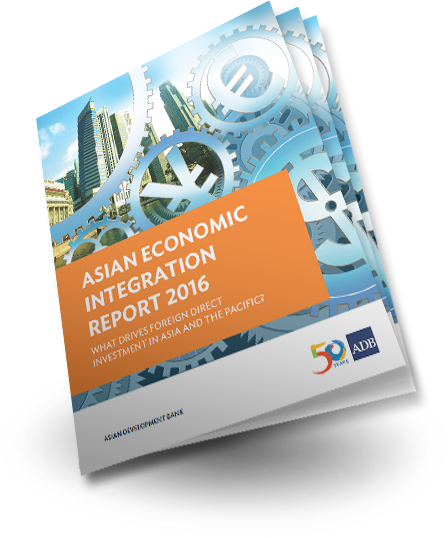
Asian Economic Integration Report 2016
What Drives Foreign Direct Investment in Asia and the Pacific?
The Asian Economic Integration Report is ADB’s annual report on Asia’s regional economic cooperation and integration, covering 48 regional members of the ADB and analyzing their regional as well as global economic linkages. It has two major chapters—(i) the progress in regional cooperation and integration (RCI), which provides the latest progress in economic outlook, trade and investment integration, financial integration, and people movement, and updates of subregional cooperation initiatives; and (ii) special theme chapter on RCI-related topics which could draw broad interest from policy makers and academia alike.





